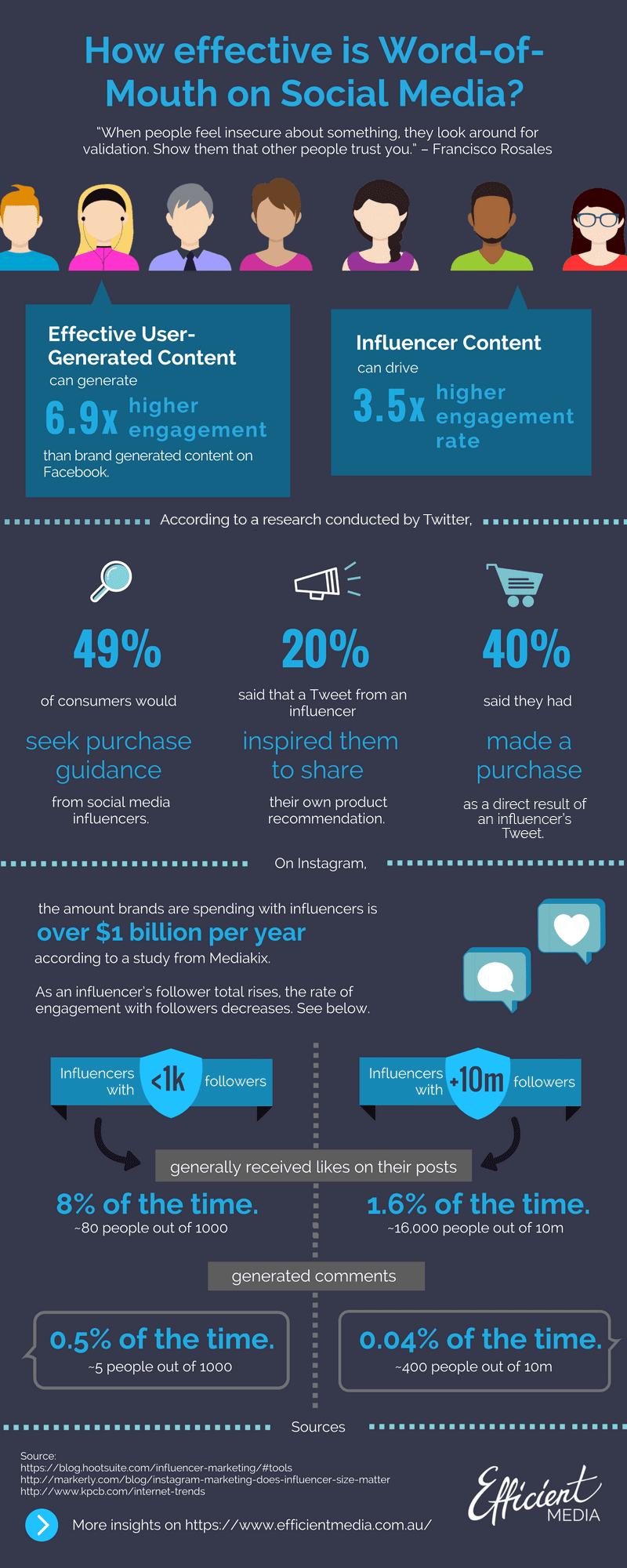30 May Content Marketing Trends in 2025
We all know how difficult it is to stand out when it comes to keyword-focused content marketing. Companies are increasingly leveraging content marketing strategies to achieve business goals, improve brand visibility, and adapt to the rapidly evolving digital landscape. So much has already been written, said, uploaded, shared and distributed all across the realm of the internet.
A solid content strategy is essential to guide content marketing efforts and ensure relevancy and effectiveness in 2017. The demands and challenges of content creation are growing, as organisations strive to generate original, high-quality material that resonates with their audiences. The role of the content marketer is also evolving, with greater responsibility for managing content creation, publication, and overall strategy to drive results.
But no worries, thanks to those Google nerds who are constantly there to change Google algorithms, posing a new challenge to marketers and businesses to stay ahead in the search engine race. The strategy for content marketing has to adapt to the changes, and thus, we did some research and have come up with some of the trends that are most likely to dominate the content marketing arena in 2017.
1. Skilful use of Facebook (Meta)
If content marketing were a human, Facebook is its face. But just creating a Facebook page is not going to help much for your business. It’s an effective channel not limited to getting feedback, responding to general queries, launching new campaigns, sharing information and victories, keeping them engaged with you but a lot more:
- Use Facebook for what it is – connecting! It is difficult but really important to sort out the number of organic followers and genuinely interested people who interact with the content being posted.
- Make it look lucrative to join your Facebook community by making it exclusive to customers or those who sign up with you, and also connecting with them on Twitter, Instagram, etc.
- Consistently updating your page with new content and interacting with people on Facebook can be a great way to build brand value and long-term commitment with customers.
- Share your blog posts, images and videos with such interesting descriptions that people can’t keep themselves from clicking on them. A blog post that offers free and valuable information is always likely to get a good response, and you can always share it more than once to increase its visibility. Pictures and videos, of course, draw a lot more clicks than blog posts and can lead to a great deal of engagement.
- Use Facebook Insights to retrieve valuable information such as the ages, genders, locations, interests and other insights into your audience, which can be really useful in framing your overall marketing strategy.
- Be creative with Facebook ads. Draw more traffic to your website by promoting your statuses, blog posts, videos or other content that has been received by your current audience. You could also use Facebook ads to test your content first by promoting it in the form of an ad. Facebook is also a powerful tool for lead generation, allowing you to collect user contact information through promoted content such as eBooks, whitepapers, and event sign-ups. Read more about how Facebook can get you that competitive edge on Social Media, you’re looking for.
And why Facebook? Because it still has the highest number of members among all social media platforms. To make the most of the traffic and engagement generated from Facebook, it is essential to optimise your site by ensuring it is mobile-friendly, updated with great content, and set up for analytics and lead generation.
2. Use of Visual, Infographic and Video Content
In today’s fast-paced digital landscape, visual content is no longer just a nice-to-have—it’s a must for any successful content marketing strategy. According to the Content Marketing Institute, 71% of marketers say that video content delivers higher conversion rates than other content types. Visual content, such as infographics, is especially powerful for breaking down complex ideas into easily digestible, engaging pieces that resonate with your target audience. Videos, on the other hand, offer a dynamic way to tell your brand’s story, showcase products, and provide valuable information to potential customers.
By weaving visual, infographic, and video content into your marketing strategy, you can significantly boost brand visibility and drive more traffic to your website. Whether you’re sharing branded videos, eye-catching infographics, or behind-the-scenes glimpses of your business, these content formats help capture attention and keep your audience engaged. Ultimately, investing in visual content is a proven way to connect with customers, enhance your brand, and achieve your marketing goals.
The use of content in the form of graphics, images, visuals, audio and video has become so fundamental to the user experience that if you haven’t considered including images, we recommend you should. Choosing the right content format is crucial to maximise engagement and ensure your message resonates with your target audience. Hire a photographer to shoot your team, your products and customers, or hire a creative design artist who can blend your message with the images and graphics to say it all.
Infographics are a highly shareable content type that can quickly communicate complex information and boost engagement. Video platforms (YouTube, Snapchat, Facebook Live) are constantly evolving and coming up with new ways of reaching and engaging audiences. YouTube videos, in particular, play a significant role in digital content marketing strategies by providing a powerful medium to connect with viewers and influence consumer behaviour. According to Brian Sutter, “The most consumer internet traffic is video.” And guess what Zuckerberg had to say on this, “I think, video is a megatrend, almost as big as mobile.”
The growing importance of digital content means brands must focus on engaging audiences across various platforms and formats to stay competitive. Here is some more information about why and how multimedia content can improve your business performance.
An example of infographics for content:
3. Real-time and Personalised Content
The competition in content marketing is becoming more intense, especially as we are creating more than what we can consume. To stand out, creating content with a clear purpose and a specific audience in mind is essential. There is a lot of good quality content out there, be it blog posts, visuals, infographics, videos, or other forms of media. Where to from here?
Brian Sutter, Director of Marketing for Wasp Barcode Technologies, sums it up in one word: Personalisation. That means analysing the behaviour of your audience and customising your content to best reach and appeal to them. Delivering the right content to the right audience at the right time is crucial for maximising engagement and ROI. There are various sources for marketers to get this information, which can help them in gauging the market trends and make informed decisions based on those data-driven insights.
Moreover, user-generated content is the latest trend for framing a successful content marketing strategy. Many people rely on their fellow consumers when they evaluate different brands. Valuable content, whether created by brands or users, helps build trust and engagement. Personal experiences and user reviews, therefore, play a major role in the decision-making of consumers [Forbes].
To succeed, brands must stay focused on delivering value to their audience, rather than getting distracted by fleeting trends or product-centric messaging.
4. Focus on Building Long-term Relationships
Email marketing is a fundamental way to maintain long-term relationships with your customers and reach potential customers. Content marketing not only helps attract new leads but also plays a crucial role in retaining existing customers by keeping them engaged and loyal. Effective email marketing takes a lot more effort than you might first think, though. Appeal to your customer base by:
- Offering them exclusive rewards or benefits, such as discounts, vouchers, and special deals
- Try to put a personal touch on your email communications, for example, addressing them by their preferred name (Nick, not Nicholas), or remembering their birthday and sending a greeting. It puts a human face and personality on your brand, which is much more appealing than automated responses.
- Write your emails with a friendly tone. Again, it is better to engage with a human than a robot
- Following up with them in a way that makes them come back. Make sure that their entire experience of buying your product or service was smooth enough.
- Providing valuable content related to your services keeps customers engaged and encourages them to interact with your business.
- Asking for reviews and suggestions. This is not just a simple way to stay connected but also a direct way of engaging with your customers and seeing what appeals to them [Search Engine Land].
Integrating marketing automation with your email marketing efforts can help streamline communication, personalise content, and ensure you make the most of your marketing tools.
5. Be The Change You Want To See In The Market
Studying the market behaviour and devising your market strategy is slowly becoming obsolete, with the market-driven consumer taking the place of the consumer-driven market. Native advertising is playing a growing role in content promotion, serving as an effective entry point into content marketing strategies. To make it easier, if you can’t deal with the situation, change the situation. You’ve got the power. You’ve got to offer something which may not be in demand already, but is so attractive that you can easily create the need for.
Creating comprehensive content pieces that can be repurposed across multiple channels is essential for maximising reach and engagement. It is also important to analyse which content type, such as infographics or videos, works best for your audience. Social media marketing is becoming increasingly important, and leveraging various social platforms like Instagram, Snapchat, and Twitter can help you reach targeted audiences more effectively. Most marketers are adapting their strategies to keep up with new digital trends and evolving consumer behaviours. Additionally, optimising your content for search engines is crucial to improve visibility and organic reach.
6. Mobile Optimisation: Content for the On-the-Go Consumer
With more people than ever accessing the internet via mobile devices, mobile optimisation has become a cornerstone of effective content marketing. Today’s mobile users expect content that loads quickly, looks great, and is easy to navigate on any screen size. This means using responsive design, optimising images for faster load times, and crafting concise, engaging copy that’s easy to read on the go.
Google Analytics data shows that mobile users are quick to abandon websites that aren’t mobile-friendly, making mobile optimisation essential for keeping visitors engaged and reducing bounce rates. By ensuring your content is tailored for mobile devices, you not only improve the user experience but also increase the chances of converting visitors into loyal customers. In a world where mobile is king, optimising your content for mobile is a smart move for any marketer looking to stay ahead.
7. Interactive Content: Engaging Audiences in New Ways
Interactive content is taking the content marketing industry by storm, offering fresh ways to engage and delight your target audience. From quizzes and polls to surveys and interactive infographics, these content types invite users to participate rather than just consume. This two-way interaction not only makes your content more memorable but also encourages visitors to spend more time on your website, driving more traffic and deepening their connection with your brand.
According to the Content Marketing Institute, interactive content consistently outperforms traditional formats when it comes to engagement and conversion rates. By creating interactive experiences, you can gather valuable insights about your audience, tailor your marketing efforts, and position your brand as an innovator in your field. If you’re looking to create a buzz and stand out in a crowded market, interactive content is a trend you can’t afford to ignore.
8. Measurement and ROI: Proving Content’s Value
As content marketing matures, proving its value has become a top priority for content marketers. Using tools like Google Analytics, marketers can track key performance indicators such as website traffic, user engagement, and conversion rates to see what’s working—and what’s not. Measuring return on investment (ROI) and return on ad spend (ROAS) helps businesses understand the financial impact of their content marketing strategy and make data-driven decisions.
By regularly analysing these metrics, marketers can refine their content marketing strategy, optimise existing content, and ensure their efforts are aligned with business goals. Demonstrating clear results not only justifies your marketing spend but also helps secure buy-in from stakeholders. In today’s results-driven environment, measurement is the key to long-term content marketing success.
9. Technology and Tools: Powering Smarter Content Marketing
The rapid evolution of technology is transforming the way content marketers plan, create, and distribute content. From advanced content management systems to social media scheduling tools, today’s marketers have access to a wide array of solutions designed to streamline workflows and boost productivity. Technologies like artificial intelligence and machine learning are also making it possible to personalise content, predict audience behaviour, and fine-tune content marketing strategies for maximum impact.
By embracing the latest tools and technologies, content marketers can create more targeted, effective campaigns that resonate with specific audiences across various online platforms. Leveraging these innovations not only saves time but also provides a competitive edge in the ever-changing digital marketing landscape. For businesses looking to stay ahead, investing in the right technology is essential for building a smarter, more successful content marketing strategy.
If you want to know more about Content Marketing, give us a call on 02 8007 5774 or email us at [email protected]






Sorry, the comment form is closed at this time.